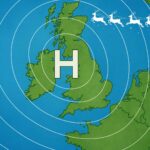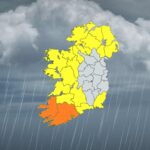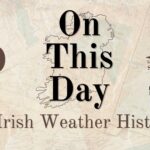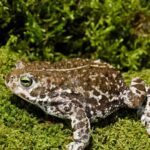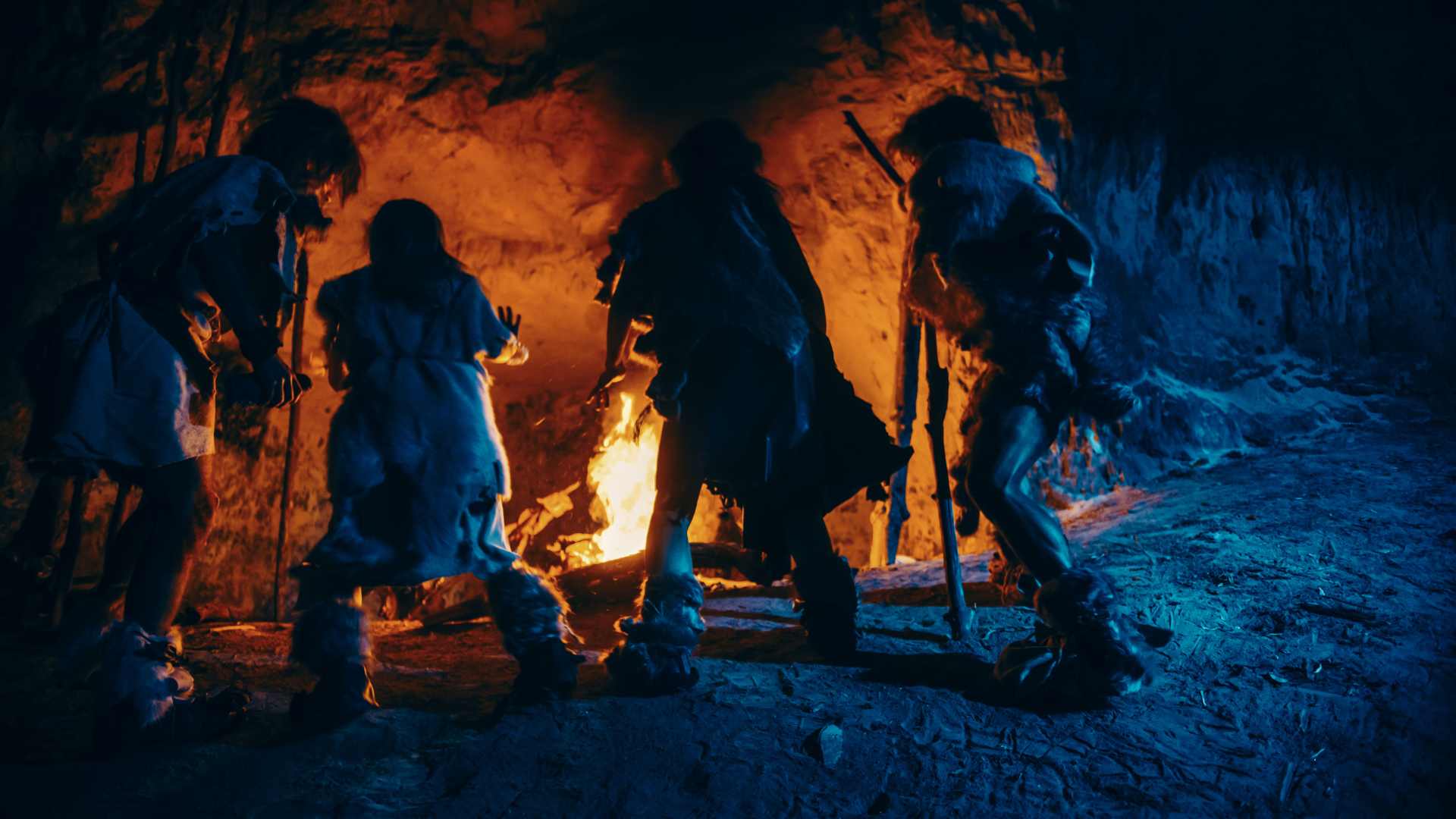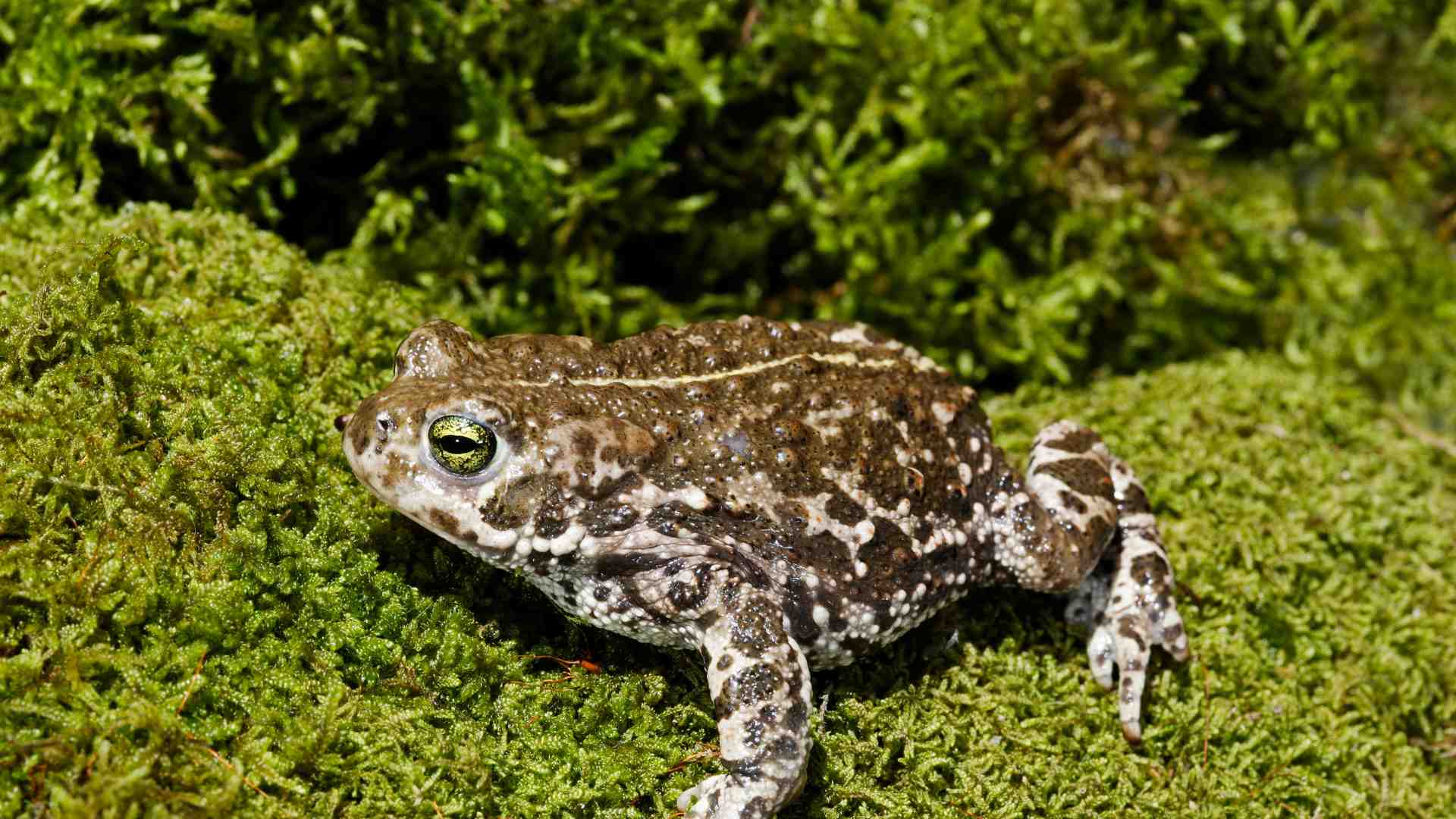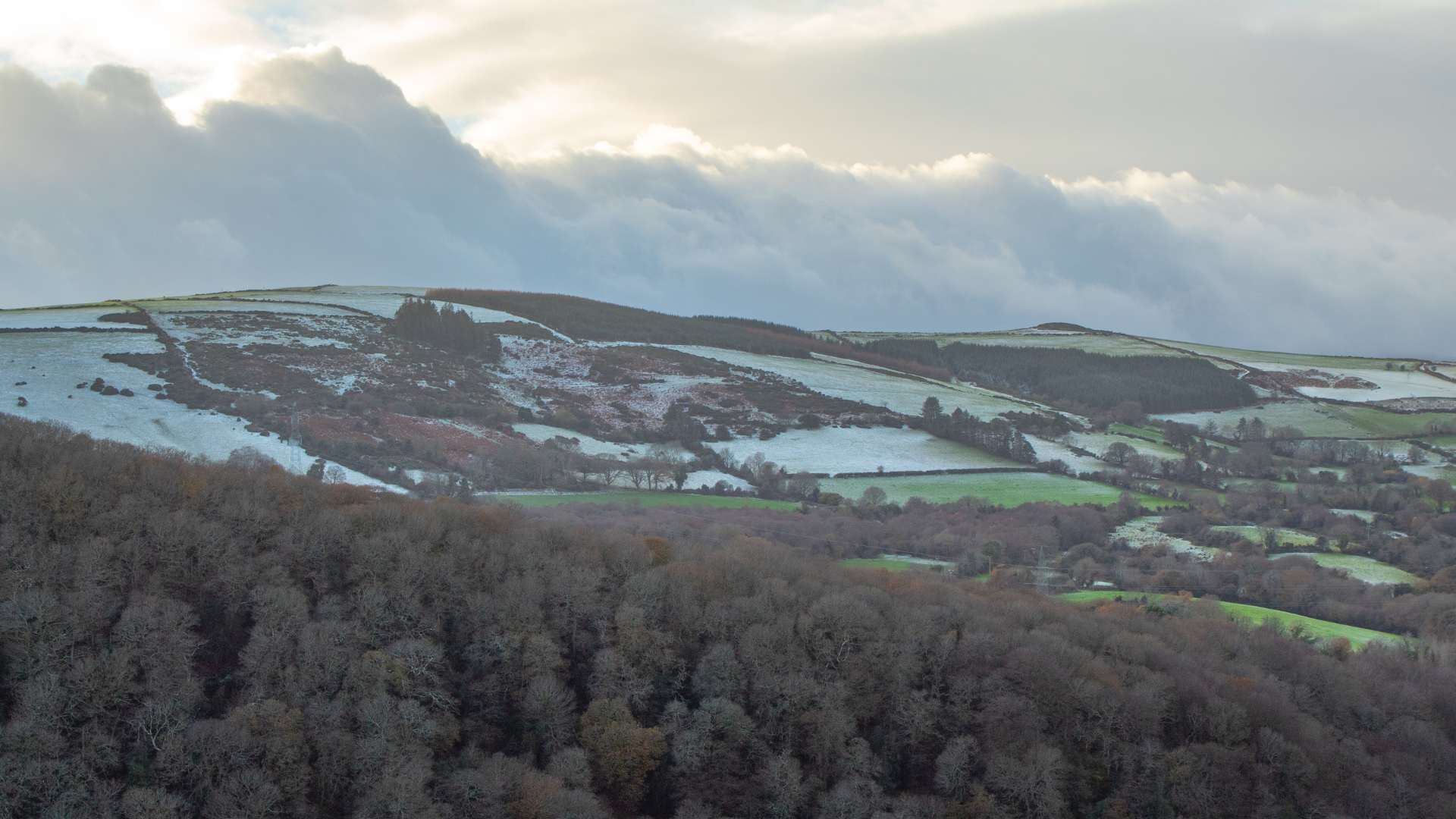
Invasive hornet triggers Cork biosecurity alert
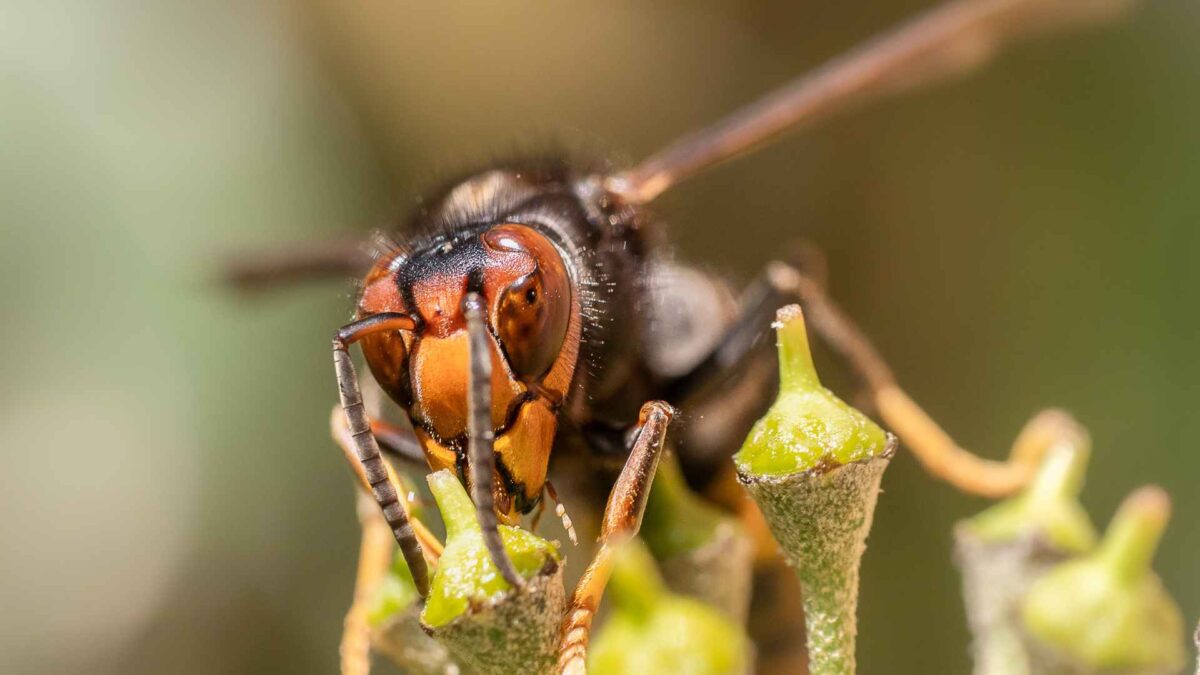
A confirmed sighting of an invasive Asian hornet in Cork has prompted the creation of a government-led taskforce to co-ordinate Ireland’s response to the biosecurity threat.
The National Parks and Wildlife Service (NPWS) said the hornet, also known as the yellow-legged hornet, was captured on August 12th following a report from a member of the public. While the species does not pose a significant public health risk, it is considered a major threat to biodiversity as even a single nest can devastate honeybee populations.
The newly formed Asian Hornet Management Group will oversee the response, bringing together the NPWS, the Department of Agriculture, Food and the Marine, the National Biodiversity Data Centre and the National Museum of Ireland.
Minister of State for Nature, Heritage and Biodiversity, Christopher O’Sullivan, said early detection was essential to prevent the species from establishing in Ireland. “Asian hornets are a threat to our native pollinators and our biodiversity. We must take even a single sighting very seriously. NPWS responded quickly to this report, with a team of experts rapidly tasked to monitor and survey the area. One individual was captured and a co-ordinated response is now underway,” he said.
The hornet was first reported via the National Biodiversity Data Centre’s Alien Watch portal, with a photograph later confirmed by entomologists at the National Museum of Ireland and NPWS. Initial surveys found no sign of a nest but subsequent monitoring led to the trapping of one specimen. Further surveillance is planned in the coming weeks to determine if more hornets are present.
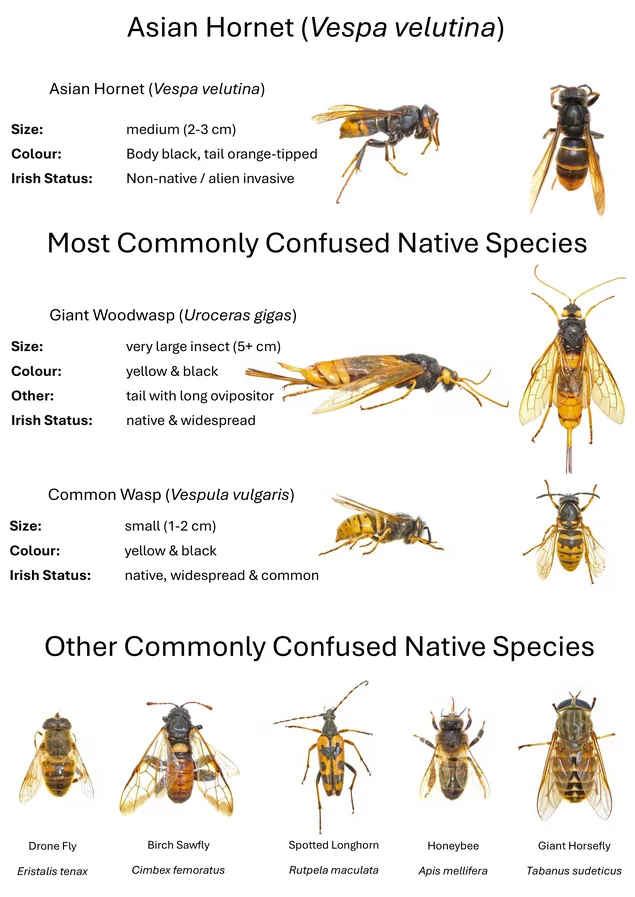
The sighting is the second confirmed in Ireland, following the identification of a single hornet in Dublin in 2021 which was not linked to a wild population.
The Asian hornet, native to southeast Asia, was first recorded in Europe in 2004 in south-west France and has since spread to several EU countries. Efforts to contain it are also under way in the UK and the United States.
Members of the public are urged not to disturb or attempt to capture suspected hornets. Sightings should be reported to the National Biodiversity Data Centre’s Alien Watch portal with photographs if possible. The species can be mistaken for native insects such as the giant woodwasp, the dark giant horsefly and the common wasp.
